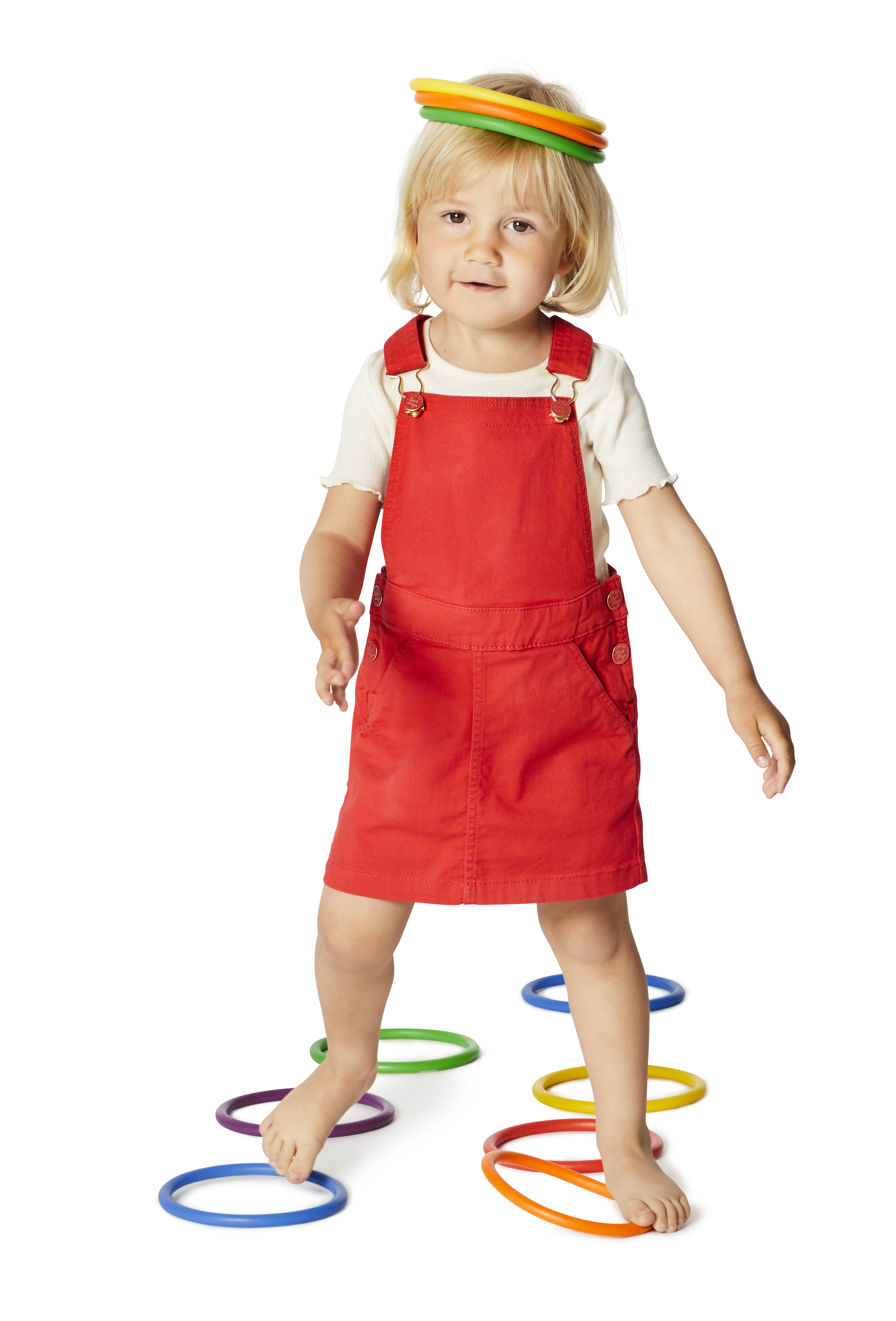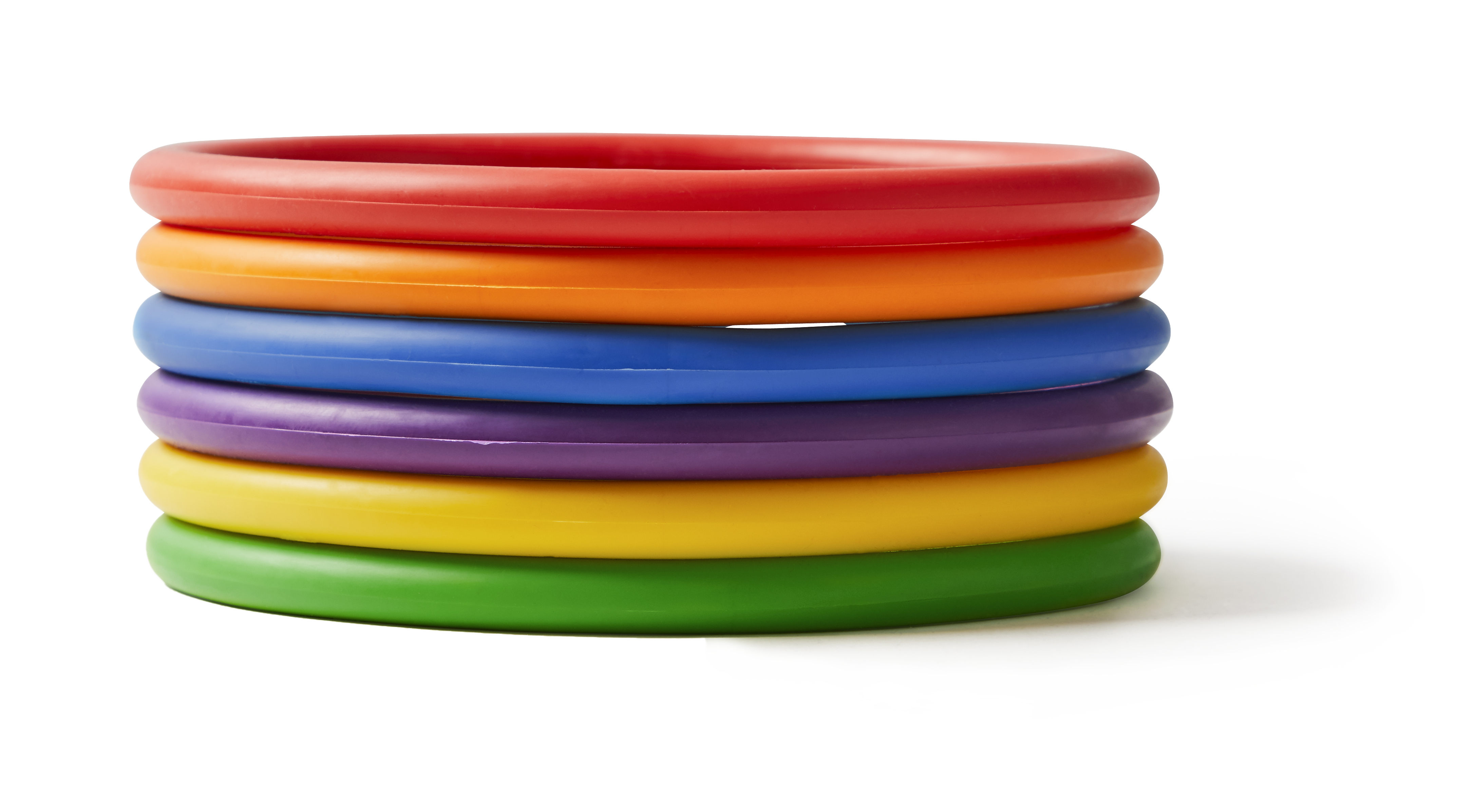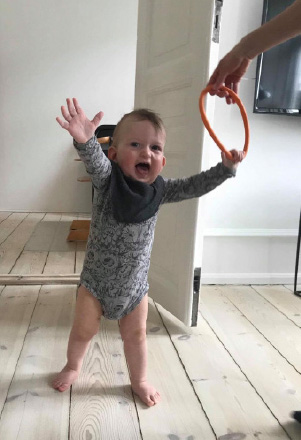
A child will normally walk at between 10 and 18 months. Learning to walk is an important milestone in a child's development. Even though the normal age range for learning to walk is relatively wide, parents tend to worry, if their child is not walking by his/her first birthday. In this respect, parental concern is often groundless. Most children will let go and walk on their own before they reach 18 months.
In some cases, a child can walk, but dares not let go of a helping hand. There are several possible reasons for this: If the child's vestibular system is over-reactive, and the child finds it difficult t keep his/her balance. If, for psychological reasons, the child needs extra support, e.g. if he or she has been pushed over by other children/older siblings.
If the child finds it difficult to concentrate, focus and prioritise the multiple sensory impressions to which the child is exposed in spaces shared with other people.
If the child has difficulty stabilising his/her joints and applying the correct muscular force required to walk.
Due to the different heights of the child and the adult, the child's hands and arms are generally above their head, when the child practics walking with parents and grandparents. Practising walking with the arms above the head is inappropriate for several reasons. For example, the adult may take the weight off the child's legs, so the child does not experience the downward pressure through the hip, knee and ankle joints that stimulates the proprioceptive sense and develops stability. When the child holds an adult's hands, the child may steer and control the walking process, but does not have to relate to balance, because this is not determined by the child's legs, but by the adult's hands.






